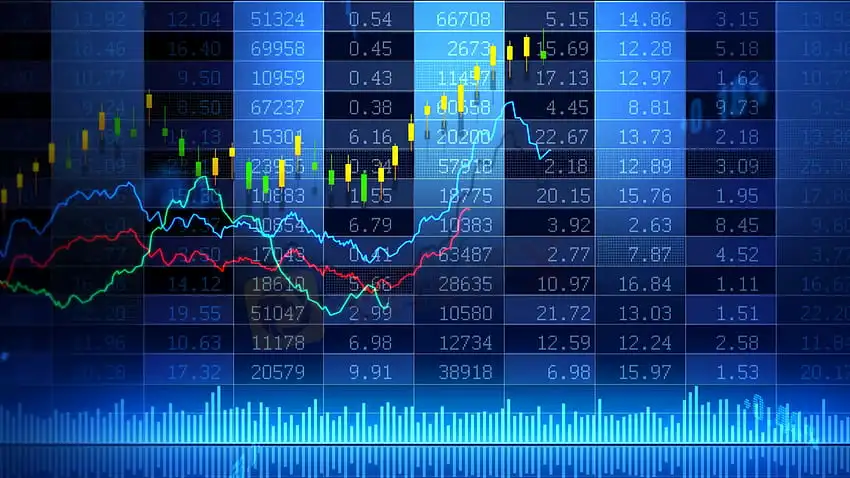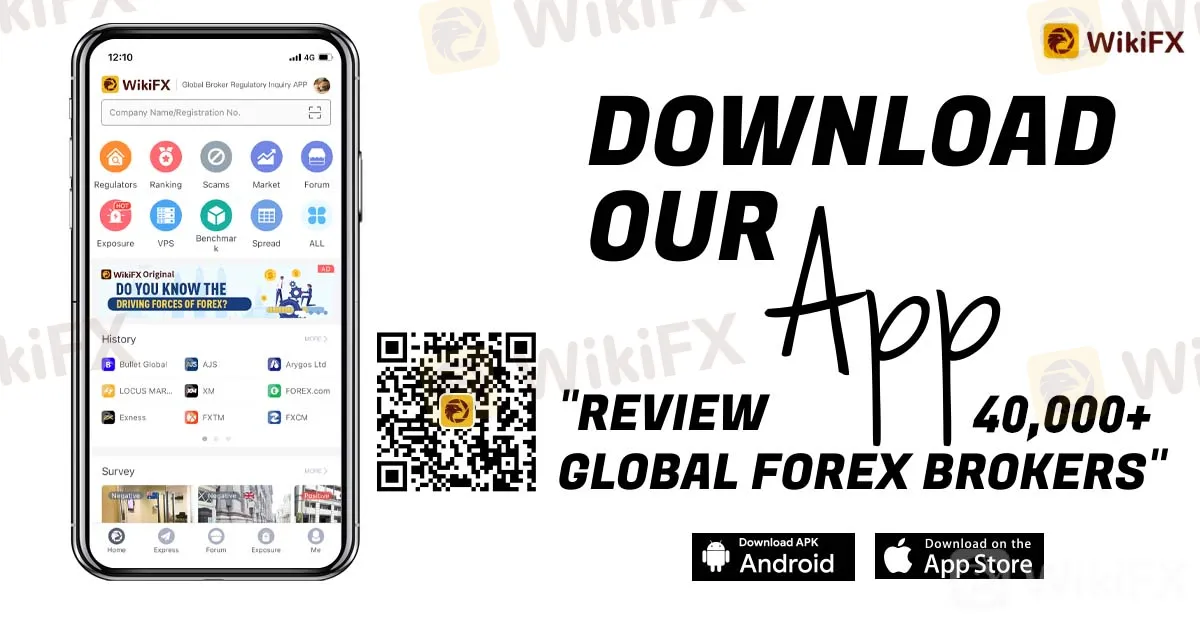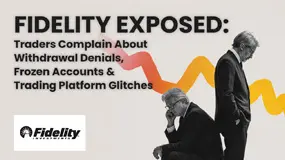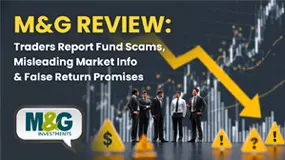简体中文
繁體中文
English
Pусский
日本語
ภาษาไทย
Tiếng Việt
Bahasa Indonesia
Español
हिन्दी
Filippiiniläinen
Français
Deutsch
Português
Türkçe
한국어
العربية
How Dow Futures Indicate Market Openings: An In-Depth Analysis
Abstract:Dow futures are contracts based on the DJIA that trade nearly 24 hours a day, providing insights into potential market direction before the market opens. While they're useful indicators, they aren't foolproof due to their smaller size and vulnerability to global events. Investors, therefore, should utilize Dow Futures alongside other tools for a holistic market view. Understanding and trading Dow Futures requires knowledge and risk management, with alternatives like ETFs available for less complex exposure to the DJIA.

Understanding the Dow Futures

To comprehend how Dow Futures indicate market openings, we must first understand what the Dow Jones Industrial Average (DJIA) is. The DJIA, often referred to simply as “the Dow,” is an index representing 30 significant publicly-owned companies based in the United States. It serves as a barometer of the country's economic health and investor sentiment toward the stock market.
Breaking Down Futures
The term “futures” refers to financial contracts obligating the buyer to purchase an asset, or the seller to sell an asset, at a predetermined future date and price. Futures are standardized to facilitate trading on a futures exchange, and the asset in question could be a physical commodity or a financial instrument.
What are Dow Futures?
Dow Futures are futures contracts that are based on the DJIA. They're agreements to buy or sell the value of the Dow Futures index at a specific date in the future. Dow Futures have three types of contracts: the E-mini Dow, Big Dow DJIA, and Micro E-mini Dow. All three track the DJIA but differ in their contract specifications and the minimum price fluctuation.
Why are Dow Futures Important?
Dow Futures trading takes place nearly 24 hours a day, allowing market participants to react to the news, events, and other factors that occur when the regular market is closed. This ability to trade essentially around the clock provides a critical indicator of the likely direction of the DJIA when the market officially opens.

How do Dow Futures Indicate Market Openings?
Understanding the Correlation
Dow Futures prices often shift based on current events, both domestic and international, as well as changes in investor sentiment and market demand. For instance, if a significant event occurs after the stock market's regular trading hours that are expected to have a negative impact on the economy, it will likely cause Dow Futures to drop.
Predicting Market Direction
When Dow Futures are traded at a higher price, it generally suggests that the market sentiment is bullish, indicating a potential rise in the DJIA at the market opening. Conversely, if the Dow Futures are traded at a lower price, it suggests a bearish sentiment, hinting at a possible drop in the DJIA when the market opens.
Pre-market Indication
Dow Futures are, in essence, the market's pre-opening bell sentiment. They provide a snapshot of what traders anticipate the DJIA might do when the regular trading session begins. If Dow Futures are significantly up or down, it can trigger corresponding buying or selling activity at the market's opening, thus influencing the direction of the DJIA.
Limitations of Dow Futures as an Indicator
While Dow Futures can give an indication of market openings, they aren't foolproof. The actual opening of the DJIA can differ from what the Dow Futures suggest for several reasons. The Futures market is much smaller than the actual stock market, hence, less liquid. Moreover, the Dow Futures react to global events, while the DJIA might respond more to domestic issues. The Futures market is also more susceptible to manipulation.
Reading Dow Futures
To use Dow Futures as an indicator of market direction, investors generally look at the difference between the futures contract price and the previous day's closing price of the DJIA. This difference is referred to as futures fair value. If the futures price is above fair value, the market is likely to open higher, and vice versa.
Conclusion: An Essential Indicator
While not infallible, Dow Futures provide invaluable insights into market sentiment before the opening bell, helping investors anticipate the day's trading direction. By understanding how Dow Futures work, you can make
more informed decisions about your investment strategy. Monitoring Dow Futures can act as your preliminary guide in navigating the financial markets. It can alert you to potential market shifts and offer a head start to adjust your trading plan accordingly. While Dow Futures should not be the sole determinant of your investment choices, they serve as a crucial component of the wider market analysis toolbox. From individual investors to institutional traders, the capacity to interpret Dow Futures and their implications for the market can significantly contribute to investment success.
More Informed Decisions
Indeed, Dow Futures can serve as your early morning weather forecast for the days market climate. When you wake up in the morning, checking the current Dow Futures can provide a glimpse into whether the market will open up or down, based on the overnight news, international market activity, or major economic events. By taking these cues, you can adjust your trading strategies accordingly.
Trading Dow Futures
One way to capitalize on the insights provided by Dow Futures is to trade futures contracts directly. It's important to remember that futures trading involves substantial risk and isn't suitable for all investors. If you're considering this approach, it's crucial to understand the mechanics of futures trading, including margin requirements, and to have a sound risk management strategy in place.
Moreover, the use of Dow Futures goes beyond individual investors. Portfolio managers and institutional investors often use futures contracts for hedging purposes. If a portfolio manager expects the market to decline, they may take a short position in Dow Futures as a hedge against potential losses in their equity portfolio.
The Broader Picture: Other Futures Indices
While Dow Futures are a popular indicator of market sentiment, they are not the only game in town. Other futures indices, such as the S&P 500 futures and Nasdaq 100 futures, provide additional perspectives on the market's direction. Each of these indices represents a different segment of the market and may respond differently to various economic and geopolitical events.
The Impact of Global Markets
Another significant factor that influences Dow Futures is the performance of international markets. If major markets like Europe and Asia have a strong trading session, it could potentially boost investor sentiment and push up Dow Futures. Conversely, poor performance in international markets could drag down Dow Futures. Hence, it's essential to consider global economic factors when interpreting Dow Futures.

Futures vs. ETFs
An alternative way to gain exposure to the DJIA, without dealing with the complexities of futures trading, is through Exchange-Traded Funds (ETFs). These financial instruments track the performance of a particular index, sector, commodity, or asset class. The SPDR Dow Jones Industrial Average ETF (DIA), for example, seeks to track the performance of the DJIA.
Final Words
In summary, Dow Futures are a powerful tool for gaining insight into market sentiment ahead of the opening bell. However, it's important to remember that they are just one of many indicators available to investors and should be used in conjunction with other tools and analyses for a holistic market perspective.
Remember, while the markets can often be unpredictable, having a thorough understanding of indicators like Dow Futures can assist in navigating these uncertain waters, offering investors an edge in their quest for profitability and financial success.
Get the WikiFX App on your mobile device to keep abreast of the most recent updates. You can download the app at this location: https://social1.onelink.me/QgET/px2b7i8n.

Disclaimer:
The views in this article only represent the author's personal views, and do not constitute investment advice on this platform. This platform does not guarantee the accuracy, completeness and timeliness of the information in the article, and will not be liable for any loss caused by the use of or reliance on the information in the article.
Related broker
Read more

WikiEXPO Global Expert Interviews: Gustavo Antonio Montero: ESG in Finance
As WikiEXPO Dubai concludes successfully, we had the pleasure of interviewing MR. Gustavo, the Chairman and Founder of Carter Capital Management. (Sustainable Digital Assets Management) and Palmer Advisory and Consulting. Palmer is a global business that develops advanced fintech/digital technology solutions and works with Blockchain technologies.

Fidelity Exposed: Traders Complain About Withdrawal Denials, Frozen Accounts & Platform Glitches
Does Fidelity Investments prevent you from accessing funds despite numerous assurances on your requests? Do you witness an account freeze by the US-based forex broker every time you request withdrawal access? Do you struggle with an unstable trading platform here? Is the slow Fidelity customer service making you face forced liquidation? These issues haunt traders, with many of them voicing their frustration on several broker review platforms such as WikiFX. In this Fidelity review article, we have shared quite a few complaints for you to look at. Read on!

Exposing The Trading Pit: Traders Blame the Broker for Unfair Withdrawal Denials & Account Blocks
Did you receive contradictory emails from The Trading Pit, with one approving payout and another rejecting it, citing trading rule violations? Did you purchase multiple trading accounts but receive a payout on only one of them? Did The Trading Pit prop firm refund you for the remaining accounts without clear reasoning? Did you face account bans despite using limited margins and keeping investment risks to a minimum? These are some raging complaints found under The Trading Pit review. We will share some of these complaints in this article. Take a look.

M&G Review: Traders Report Fund Scams, Misleading Market Info & False Return Promises
Applying for multiple withdrawals at M&G Investments but not getting it into your bank account? Do you see the uncredited withdrawal funds out of your forex trading account on the M&G login? Does the customer support service fail to address this trading issue? Does the misleading market information provided on this forex broker’s trading platform make you lose all your invested capital? Were you lured into investing under the promise of guaranteed forex returns? These issues have become highly common for traders at M&G Investments. In this M&G review article, we have echoed investor sentiments through their complaint screenshots. Take a look!
WikiFX Broker
Latest News
2 Malaysians Arrested in $1 Million Gold Scam Impersonating Singapore Officials
Exness Broker Expands in South Africa with Cape Town Hub
Fraud Mastermind Zhimin Qian Sentenced to 11 Years for $6.6 Billion Bitcoin Ponzi Scheme
Is FXPesa Regulated? Real User Reviews & Regulation Check
Almahfaza Broker – 2025 Review: Safe or Scam?
Uniglobe Markets Review 2025: A Complete Guide to an Unregulated Broker
INZO Broker No Deposit Bonus: A 2025 Deep Dive into Its Offers and Risks
Global Guide to Finding Forex IBs/Brokers — Share Your Pick and Win Big!
Trump tariffs are helping drive U.S. beef prices to new highs
Consob Targets Political Deepfake “Clone Sites” and Unlicensed Platforms in Latest Enforcement Round
Currency Calculator



